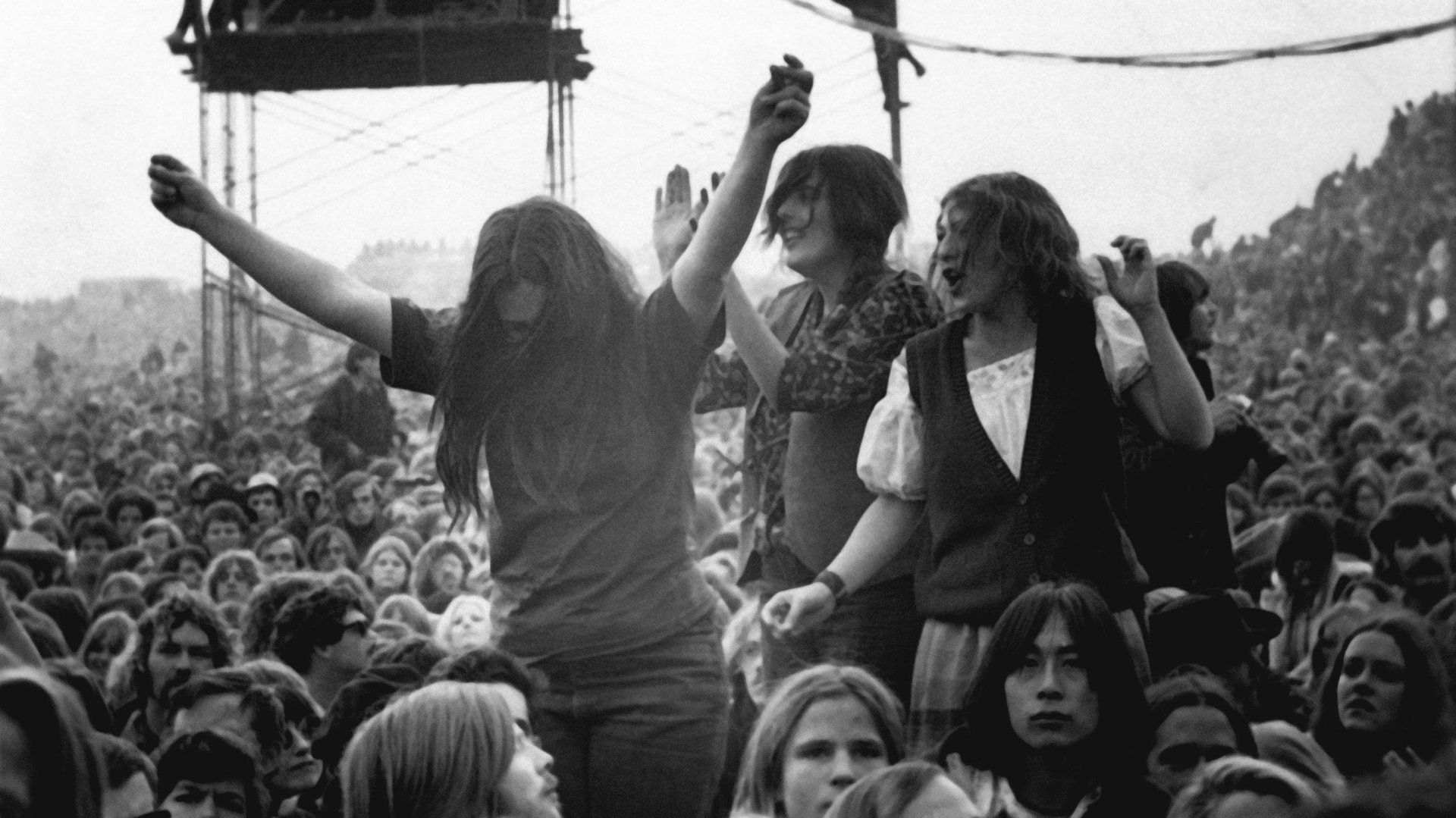By one measure, the US job market is the strongest it’s been since 1969
The American economy is slowing. German factories are sputtering. Yield curves are inverting. But the US job market is looking up—way up.


The American economy is slowing. German factories are sputtering. Yield curves are inverting. But the US job market is looking up—way up.
Last week, only 202,000 Americans filed to receive unemployment benefits (pdf). This number—a proxy for the rate of firings and layoffs—is remarkable for a couple reasons.
First off, it’s low. How low, you ask? Well, we haven’t seen this few people filing for unemployment since around the Age of Aquarius—that is, Dec. 1969. That is particularly, like, cosmic when you consider that the working-age population is now more than 75% bigger than it was back then.
More notably still, this bucks the downbeat trends that seemed to be taking hold in the US labor market.
Starting around the turn of the year, jobless claims data showed that more and more people were finding themselves out of work each week. At the same time, gloomier-than-expected payroll data suggested hiring was slowing down.
That appears to square with broader economic data. In the past few quarters, economic growth has stalled as the “sugar high” of the Trump administration’s tax cuts has worn off.
The drop in unemployment claims published today suggests that, on the contrary, the job market is still quite tight. Jobless claims data are published on a weekly basis, which means they can be pretty noisy. But Ian Shepherdson of Pantheon Macroeconomics notes that the latest data come after major downward revisions to earlier jobless claims data.
It’s not time to party like its 1969 just yet, though. Tomorrow, the Bureau of Labor Statistics will release March employment data (and revisions to February’s numbers, which were unexpectedly weak). Probably best to keep any celebrations on hold until then.